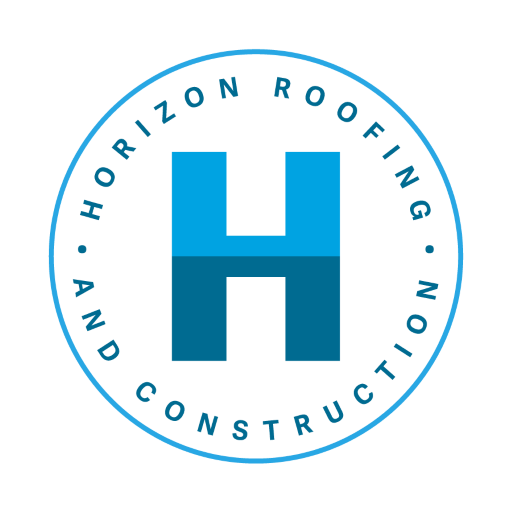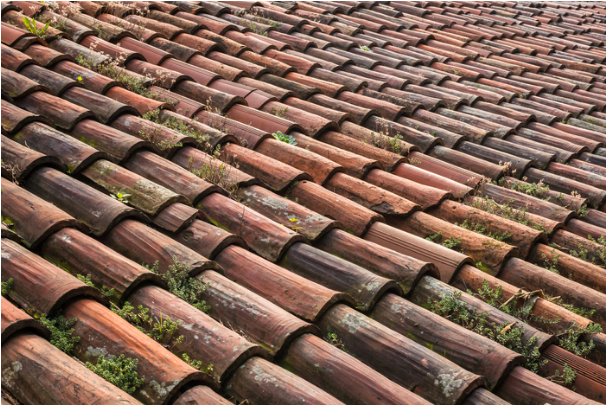It can be difficult for a homeowner to know how to recognize when a roof is in poor condition. When you are not a roofing and maintenance professional by trade or skill set, some signs of deterioration or impending water infiltration can go unnoticed. These deteriorations and malfunctions can then create more serious problems if they are not repaired. Here’s how to recognize a roof in poor condition.
Visual Inspection
When you have a roofing system professionally installed, you expect the work to be flawless and durable. Usually, the shingles have been properly installed, along with the protective underlayment. However, sometimes there are gaps in the installation or in the quality of the caulking of the ventilation or plumbing components. And caulking is essential to protect your home from the weather.
Even if the asphalt shingles have been properly installed, the roof is still subject to the elements on an ongoing basis: rain, wind, hail, snow, ice, and UV rays cause irreparable damage, sometimes leaving small repairs to be made.
To know how to recognize a roof in bad condition, a visual examination is essential. This will allow you to detect whether your roof covering has been properly installed. This examination should be done once a year in the spring or fall. You can have a certified professional perform the inspection, or you can do it yourself.
Here are the things to look for during the visual inspection of your roof
- Shingle Condition: if shingles are broken, missing, or damaged, or if the granules covering the shingles have come off, you will need to have the shingles replaced. Similarly, if any shingles are curling or lifting, this indicates poor or inadequate ventilation in the attic. The wood under the shingles and insulation may also have deteriorated due to poor ventilation. Your roof should breathe well through the soffits, and the air should be returned to the outside by the roof ventilator. The insulation may be poorly distributed or too much. Ventilation openings should be functional and unclogged as required.
- Flashing Condition: Are the metal bands around the base of chimneys, roof ventilators, plumbing ventilators, and skylights properly caulked? Are they curved or raised? Are the surrounding joints cracked? Are these flashings damaged by rust? Are they properly fastened? Properly fastening them with screws and sealing them properly will be essential. If the chimney has masonry joints, its condition should be assessed.
- Roof Ventilators: The roof ventilator, as well as the plumbing vent, kitchen hood, and bathroom hood, should be examined. Are they stable? Are they moving? Are they filled with debris? Do the valves close tightly?
- Gutters: Check your gutters carefully. Clogged eavestroughs can trap water and create a backflow into the attic and under the first row of shingles. Are they secure? Are the fittings tight? Is there debris in the elbows or downspouts? Use your garden hose to test.
Now you know how to recognize a roof in poor condition
Of course, the first thing most homeowners think about when hiring roofing contractors is affordability. Choosing contractors who offer services that match the professionalism of high-end ones seems like a cost-efficient option. Nevertheless, it is usually a better option to work with a reputable company despite the higher cost.
Professional contractors come with the confidence of knowing that you are working with a team that knows what they are doing. They are well-trained in proper installation methods and safety protocols.
Hire Professionals
Beware of the dangers of high-rise inspections. It’s best to hire professionals who are experienced and equipped to perform roof inspection work at height. In addition, these roofers know how to recognize a roof in bad condition. Contact Horizon Roofing for a roof inspection. We can determine if maintenance or repairs are needed.

